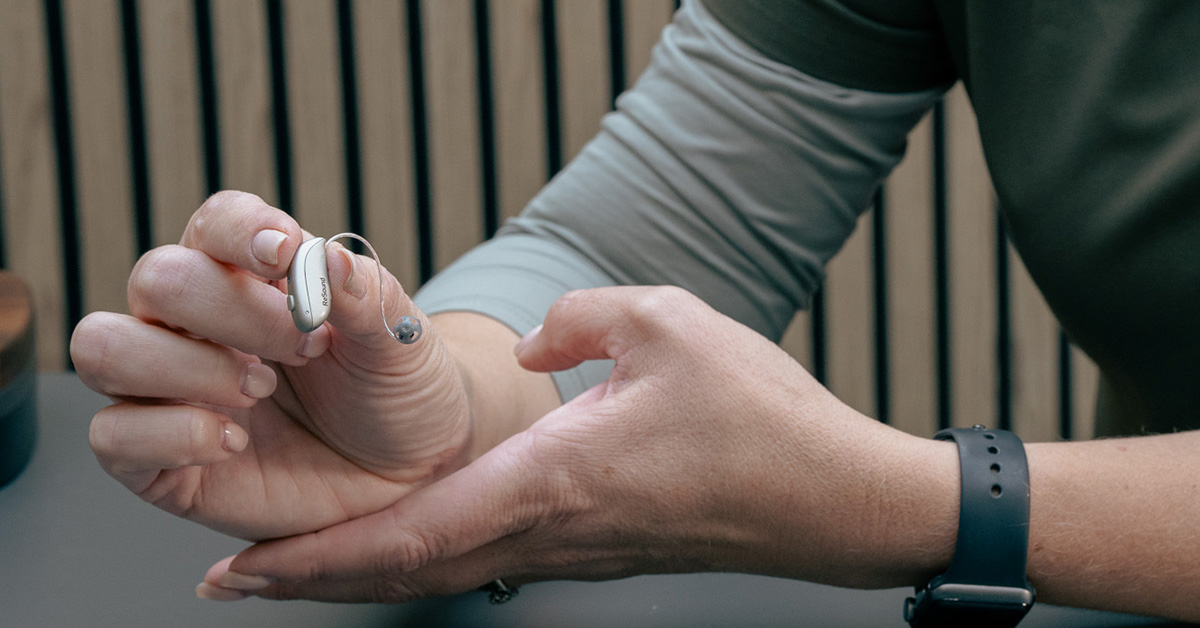Many people tend to begin their search for hearing support by typing “best hearing aids 2026”.
It makes sense. You want something dependable. Something that helps you hear better. Something that feels right from the moment you put it on.
The challenge here, is that hearing isn’t universal. Two people with similar test results can react very differently to the same pair of hearing aids. What feels balanced and natural for one person may feel slightly sharp or subdued for another.
That doesn’t mean the technology is unpredictable. It means the fit matters. The sound character matters. And your listening habits matter.
Instead of chasing the idea of a single “best” device, it’s far more helpful to understand which current platforms consistently support the different ways people listen. That’s what this guide focuses on.
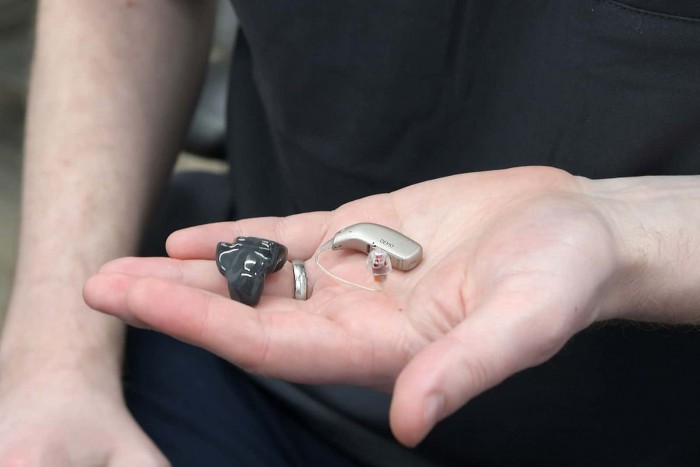
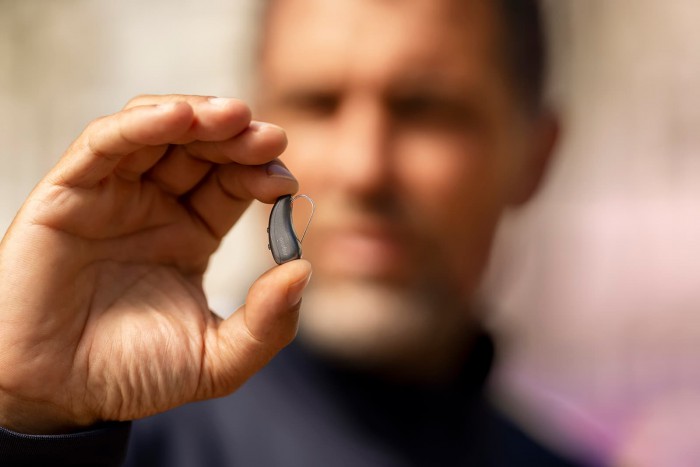
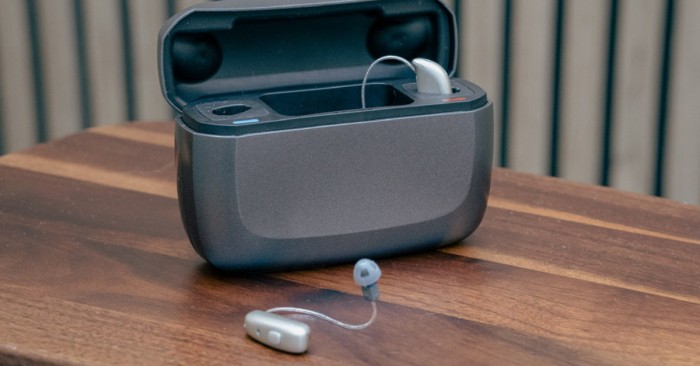
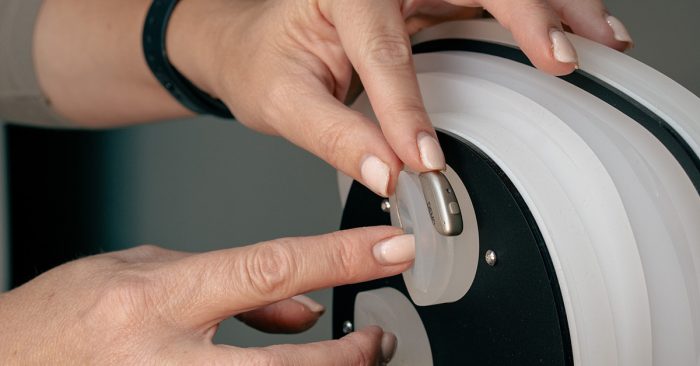
Table of Contents
Why hearing aids affect people differently
Hearing aids don’t behave identically for everyone because no two hearing losses are identical. Some listeners prefer sound that’s crisp and detailed. Others want something gentler. Some spend most of their day in lively environments. Others mainly have quieter one-to-one conversations.
All of those differences influence how natural a device feels.
This is why a ranking doesn’t help. A more reasonable approach is to understand how each platform behaves and match that behaviour to the situations that matter most to you.
A better question is: which hearing aids consistently help listeners with needs similar to mine?
How Alto approaches brand choice
There are plenty of hearing aid manufacturers. Their brochures and spec sheets are full of impressive claims and polished wording. Yet in real clinics, some platforms simply serve people better; not because they’re dramatically more advanced, but because their sound processing suits more ears and more listening styles.
At Alto we have access to every manufacturer, but offering everything doesn’t lead to better outcomes. We focus on a small group because these platforms have shown, consistently, that they deliver clear speech, stable performance and dependable support. That depth of understanding lets us fit them with far greater precision.
Here are the platforms Alto Hearing use, that are making a genuine difference in 2026.
Hearing aids that are performing well in 2026
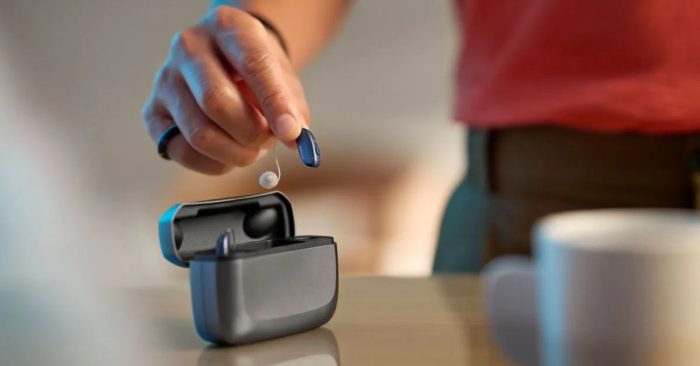
ReSound Vivia
Who it suits:
People who spend a lot of time talking with others, especially in places where several voices are competing.
What it offers:
Vivia uses two processing chips that work together: one maintains the natural feel of the room, the other focuses on lifting voices so they are easier to follow. It also supports the latest Bluetooth and Auracast technology, which means a more stable connection to phones, televisions and public audio systems.
Why it is useful:
If you often struggle to keep up in restaurants, cafes or family gatherings, Vivia helps separate the important voices from the background. It keeps things clear without adding harshness and gives a steady listening experience throughout the day.
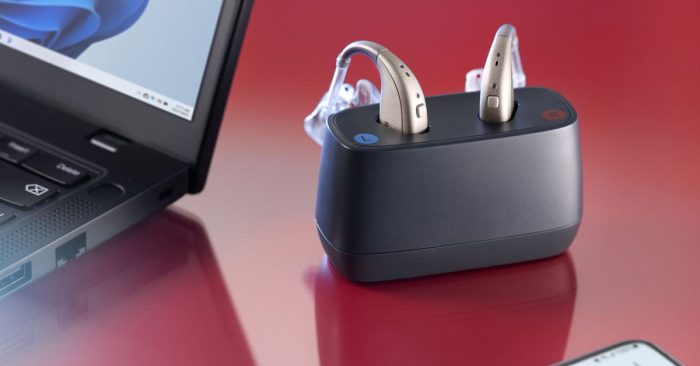
ReSound Enzo IA
Who it suits:
People with more significant hearing loss who need stronger amplification presented in a clear, controlled way.
What it offers:
Enzo IA is designed to deliver high levels of amplification while keeping speech stable and well managed. It has advanced systems to reduce whistling, strong speech handling in noisier places and full Bluetooth and Auracast support even at higher volumes.
Why it is useful:
If you have used powerful hearing aids in the past and found them bulky, noisy or unpredictable, Enzo IA feels more refined. It provides the strength needed for speech clarity in day to day situations while remaining comfortable and reliable.
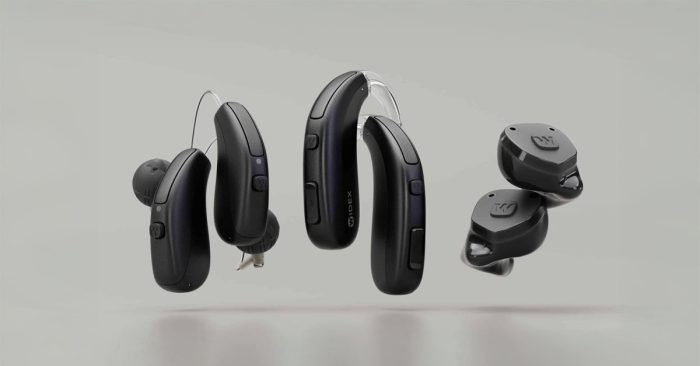
Widex Allure
Who it suits:
People who are sensitive to sharp or artificial sound and prefer a more natural listening experience.
What it offers:
Allure uses an advanced chip that processes sound very quickly, helping it avoid the digital artefacts some hearing aids create. Its PureSound approach keeps voices immediate and smooth. It adapts to different listening environments and performs especially well for people who enjoy music.
Why it is useful:
If you have tried other hearing aids and felt they sounded too bright, too processed or simply not like “you”, Allure is designed for a gentler, more natural presentation. It keeps speech clear without forcing harsh detail.
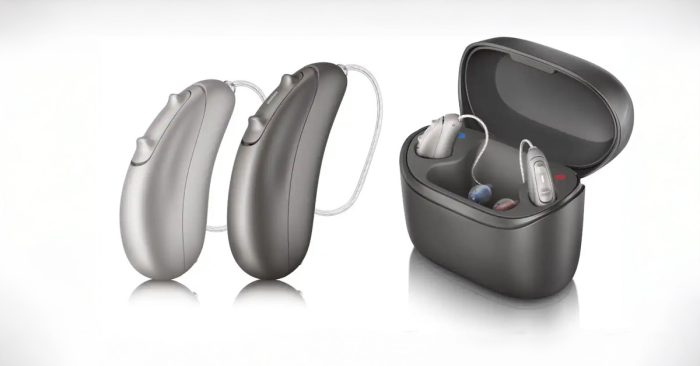
Unitron Smile
Who it suits:
People who want everyday clarity without needing to manage lots of settings or adjustments.
What it offers
Smile identifies different listening situations and adjusts automatically. It has a straightforward design, simple controls and works reliably with modern smartphones.
Why it is useful:
If you prefer something that simply gets on with the job, Smile is a strong option. It delivers clear speech in typical daily settings and stays consistent without needing much attention from you.
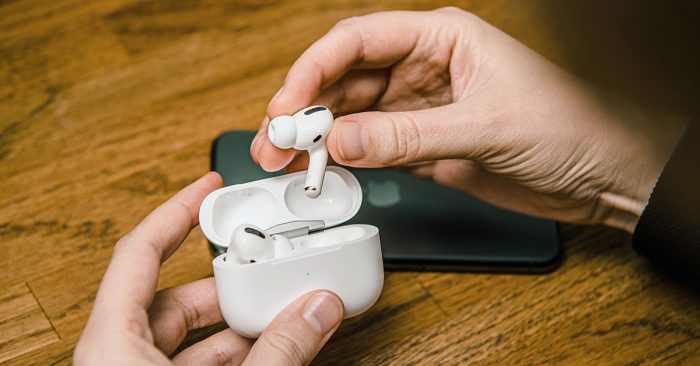
Where OTC hearing aid devices and hearing-enhancing glasses fit
OTC devices (including Apple AirPod Pros) and hearing glasses (such as the Nuance Audio) are widely advertised now. They can be helpful if someone has very mild difficulty or wants to try a small lift before seeking proper assessment.
They have clear limits:
- They don’t explore why hearing has changed
- They can’t match the precision of prescription fittings
- They offer limited support if something feels off
- They carry fewer tools for managing speech in noise
For some people they’re a gentle introduction. For others they confirm that it’s time for proper hearing care. They can help in certain situations, but they are not designed to replace full hearing care.
What is taking shape as we move into 2026
Hearing technology has already gone through its big jump. AI processing, advanced noise handling and intelligent connectivity are now standard in most modern devices. What is interesting about 2026 is not the arrival of something entirely new, but the strengthening of what is already in place. The next phase is about refinement, not reinvention.
AI has been inside hearing aids for years, but its role is becoming more confident. Rather than making broad guesses about what you want to hear, upcoming software is being trained on wider, more realistic listening scenarios.
What this means: better stability when rooms shift from quiet to busy, fewer moments where you lose track of a voice mid-sentence and an overall experience that feels more controlled rather than reactive.
Many current devices already reduce noise effectively. The next step is improving how speech sits within that noise, especially when several people talk at once.
Benefit: following conversation around a table becomes easier because the device is better at identifying the person you are trying to listen to, even when others are speaking at the same time.
Spatial awareness is likely to improve as processing between the left and right devices becomes more precise.
Outcome: you identify who is speaking more quickly and feel more grounded in group settings. It reduces the sense of “everything coming from everywhere”.
Bluetooth LE Audio and the early stages of Auracast integration began appearing in 2024 and 2025. Adoption is expected to widen further into 2026.
Expected benefits: steadier streaming, clearer TV audio, better lip-sync and reduced battery strain. As more public venues test Auracast, hearing aids will begin connecting to shared audio streams more seamlessly.
Personalisation is becoming less about choosing programs and more about learning from day-to-day use.
Result: the hearing aid begins to shape itself around your regular environments and preferences without constant input from you.
Physical design is moving in practical directions: slimmer casings, improved moisture resistance and charging systems designed for more predictable performance throughout the day.
Impact: hearing aids feel more comfortable during long hours of wear and cope better with everyday conditions.
Although the pattern is evolutionary rather than revolutionary, the hearing industry has a habit of introducing one or two unexpected ideas mid-year. Whether that is a new form factor, a software update that changes how personalisation works or a fresh approach to connectivity, there is room for something unpredicted.
How to choose something that suits you
(And avoid feeling overwhelmed in the process.)
A useful way to think about hearing aids in 2026 is to start with situations, not specifications.
Ask yourself:
Where do you actually struggle?
At home?
In noisy groups?
Around a busy table?
On the phone?
With TV clarity?
Then consider preference.
Do you like sound that feels bright and crisp, or softer and more rounded?
Do you value discretion?
Do you want minimal involvement, or fine control through an app?
Once you answer those questions, the choice between the different manufacturers becomes much clearer. You move from “What’s the best?” to “What will make my days easier?”
What happens when you speak to Alto

This is where our pathway matters.
We keep the process simple.
We begin with a SoundCheck. It’s relaxed and gives a clear picture of whether your hearing is behaving as expected or whether a Complete Hearing Assessment would be helpful.
If a full assessment is needed, we look carefully at how you hear speech, particularly in noise, and match you to a small set of platforms suited to your results. From there we fit, adjust and refine so the devices feel natural rather than intrusive.
Hearing care isn’t about chasing the newest model.
It’s about finding something that helps you live more easily and supports you over the years ahead.
The Latest
Oticon Zeal: A Great Hearing Aid We Will Not Be ProvidingThe Truth About Being “Too Young for Hearing Aids”: 7 Things People Say and What They Really MeanThe New £63 Auracast USB Dongle For Hearing AidsSpeech in Noise Testing: What It Really Tells Us About Your HearingWhat to expect when wearing hearing aids: 10 things people don’t tell you

